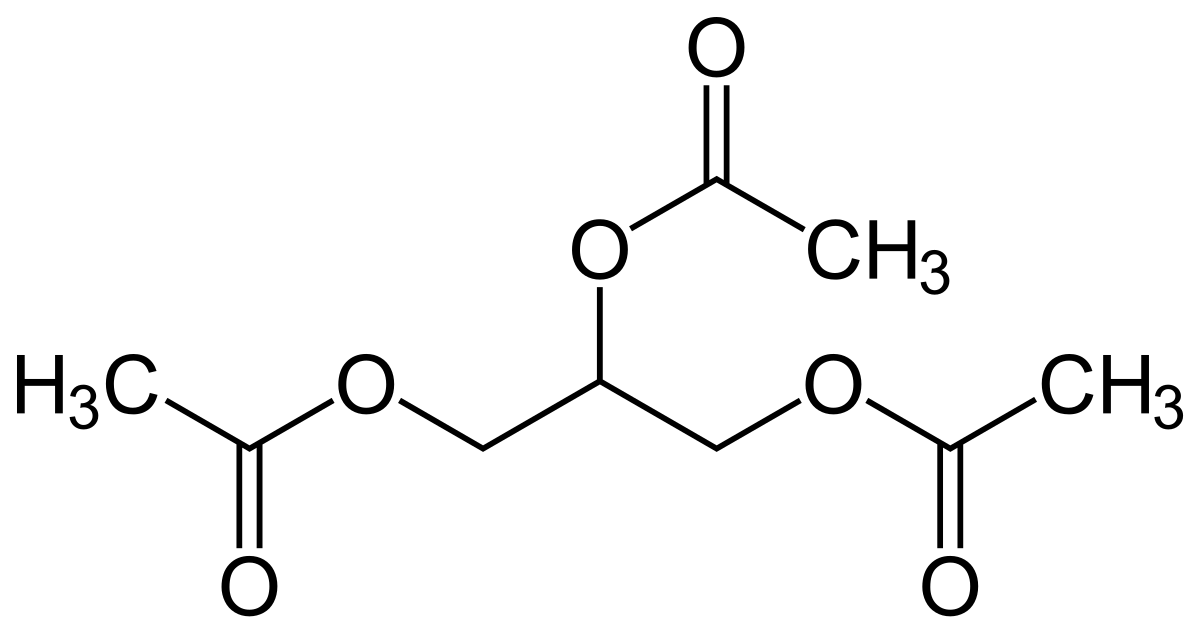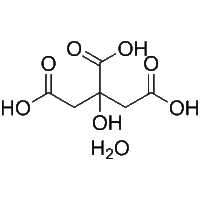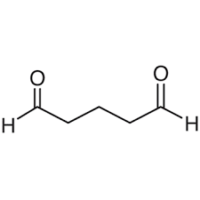
Triacetin
What is Triacetin?
Triacetin, also known as glyceryl triacetate or glycerin triacetate, is a chemical compound derived from glycerol and acetic acid. It is a clear, colorless, and odorless liquid that is highly versatile and has a wide range of applications across various industries. Triacetin is valued for its ability to act as a plasticizer, solvent, and carrier in numerous products.
Applications of Triacetin
- Pharmaceuticals: Triacetin is commonly used in the pharmaceutical industry as a plasticizer in tablet coatings, enabling the creation of smooth, uniform coatings that make tablets easier to swallow. It is also utilized as a solvent in the formulation of certain medications.
- Food and Beverage: In the food industry, triacetin serves as a food additive (E1518) used to improve the texture and mouthfeel of various products, such as ice cream, candy, and baked goods. It helps prevent crystallization and maintain product consistency.
- Tobacco: Triacetin is an essential ingredient in the production of tobacco products. It is used to moisten and flavor tobacco, making it more palatable and enhancing the overall smoking experience.
- Cosmetics and Personal Care: Triacetin is found in cosmetics and personal care products like perfumes, lotions, and deodorants. It acts as a solvent for fragrance oils and as a moisturizing agent.
- Industrial Applications: Triacetin is utilized in various industrial applications, including as a plasticizer in the manufacturing of plastics, as a coolant in metalworking processes, and as a carrier solvent for dyes and inks.
Triacetin: Benefits
The utility of triacetin can be attributed to several key advantages:
- Plasticizing Properties: Triacetin’s plasticizing properties make it valuable for improving the flexibility and workability of materials in industries such as pharmaceuticals and plastics manufacturing.
- Solvent Abilities: Triacetin is an effective solvent for a wide range of substances, making it suitable for various formulations and applications.
- Versatility: Its versatility in multiple industries highlights its adaptability to various production processes and product types.
How Triacetin is Made
The production of triacetin involves several chemical processes:
- Esterification: Glycerol (also known as glycerin) and acetic acid are combined in a reaction called esterification. This reaction forms triacetin by replacing the hydroxyl (-OH) groups in glycerol with acetyl (-COCH3) groups from acetic acid.
- Purification: The resulting mixture is purified to remove impurities, unreacted starting materials, and byproducts.
- Distillation: Purified triacetin is then distilled to separate it from any remaining acetic acid and other volatile compounds.
- Quality Control: The final product undergoes quality control measures to ensure it meets industry standards for purity and composition.
In conclusion, triacetin is a versatile chemical compound used in pharmaceuticals, food and beverage, tobacco, cosmetics, and various industrial applications. Its plasticizing properties, solvency, and versatility make it an essential ingredient in numerous products and processes, enhancing their performance and quality. Understanding the benefits and production process of triacetin highlights its significance in modern manufacturing and everyday products.
Where can I buy Triacetin in Europe ?
Contact us for Triacetin availability and prices



